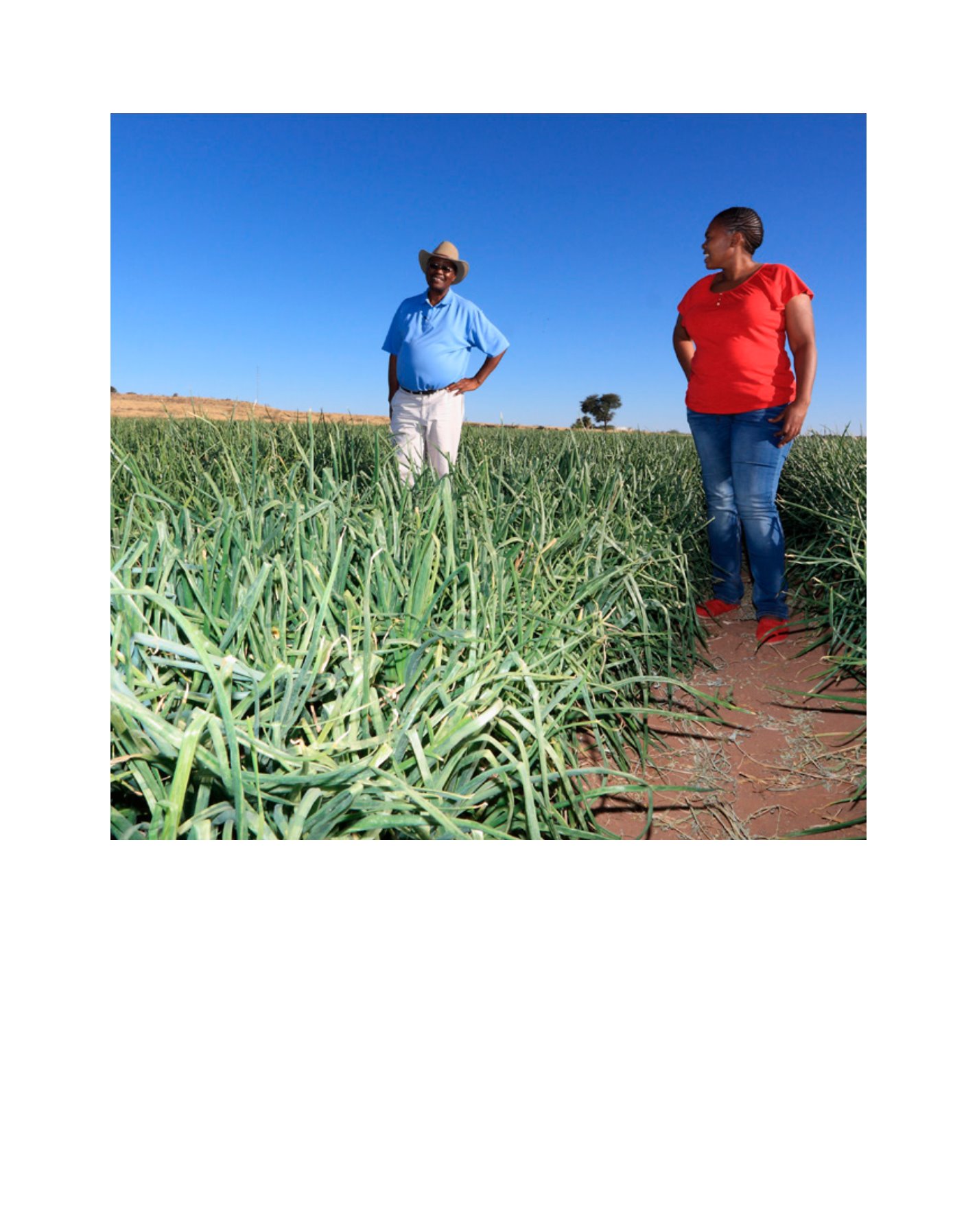

[
] 15
access
to
water
and
sanitation
for
all
ORASECOM, structured into a Council, a Secretariat, Task
Teams and committees (for instance. the groundwater technical
committee), has allowed the proposal made by the groundwater
technical committee to be brought for the Council’s considera-
tion and decision in less than one year.
Conclusions
There is no clear roadmap and one-size-fits-all solution for
institutionalizing and operationalizing cooperation over
transboundary waters. The issues encountered in any basin
will be unique and the steps taken to develop a coopera-
tive approach reflect the individual concerns and priorities
at play. However, the IWRM approach offers a baseline for
the promotion of water cooperation at all levels (from local
to transboundary) as it allows the existing socio-political
environment in the basin and/or aquifer to be captured.
Additionally, the IWRM approach offers the much needed
flexibility to water managers to respond to changing condi-
tions such as climate change.
The adoption of a dedicated target on IWRM implementa-
tion in the SDGs (Target 6.5) will provide a global foundation
for development partners to encourage transboundary water
cooperation by strengthening institutional capacities, and fill
the current existing financial gap for this kind of initiative. The
process that led to the establishment of the first joint mecha-
nism for the governance of a transboundary aquifer in Southern
Africa – the nesting of the STAS joint governance mechanism
in the ORASECOM structure – should be considered by devel-
opment partners as an example to be replicated and/or adapted
to the socio-political environment in other basins.
Field visit to an irrigation farm in the Stampriet Transboundary Aquifer System
Image: UNESCO/Pius Gsponer, Namibia Nature Foundation
















